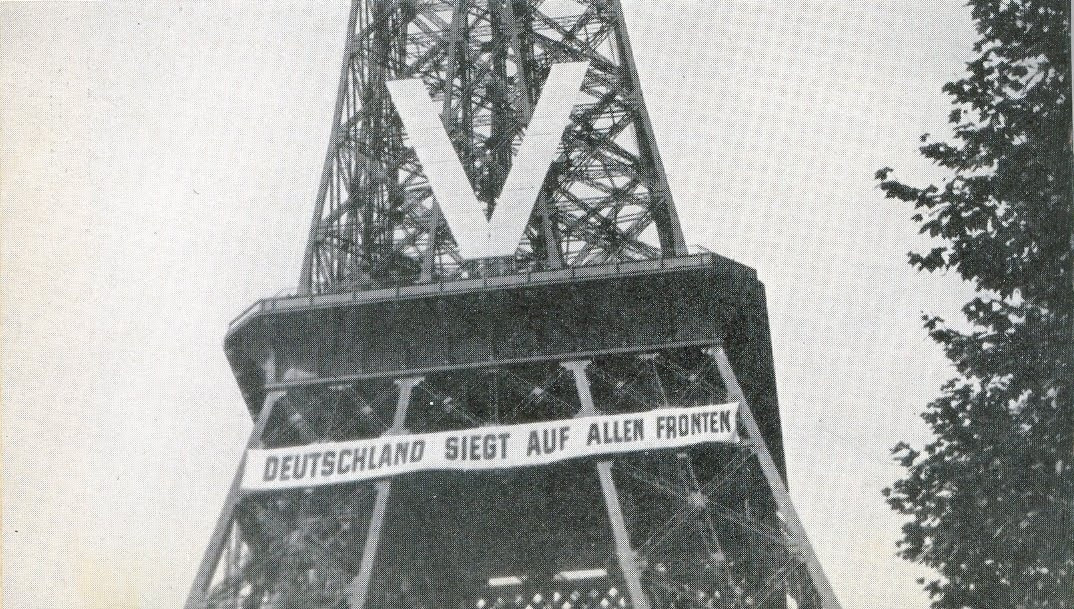Livestreams
 |
|
|
30 | ||
 |
|
|
896 | ||
 |
|
|
3 | ||
 |
|
|
2 | ||
 |
|
|
2 | ||
 |
|
|
1 | ||
 |
|
|
1 | ||
 |
|
|
1 |
Ladders Top 10
-
#Steam AliasWL%Streak
- 1.831222.789+37
- 2.34957.860+14
- 3.1109614.644+10
- 4.608220.734+2
- 5.276108.719+27
- 6.306114.729+2
- 7.916405.693-2
- 8.722440.621+4
- 9.261137.656+2
- 10.1041674.607-2
Replay highlight
VS
-
 cblanco ★
cblanco ★ -
 보드카 중대
보드카 중대
-
 VonManteuffel
VonManteuffel -
 Heartless Jäger
Heartless Jäger

Einhoven Country


Honor it
9
Download
1235
Board Info
879 users are online:
879 guests
0 post in the last 24h
8 posts in the last week
34 posts in the last month
8 posts in the last week
34 posts in the last month
Registered members: 49113
Welcome our newest member, Dedek545
Most online: 2043 users on 29 Oct 2023, 01:04 AM
Welcome our newest member, Dedek545
Most online: 2043 users on 29 Oct 2023, 01:04 AM



 Canada
Canada












